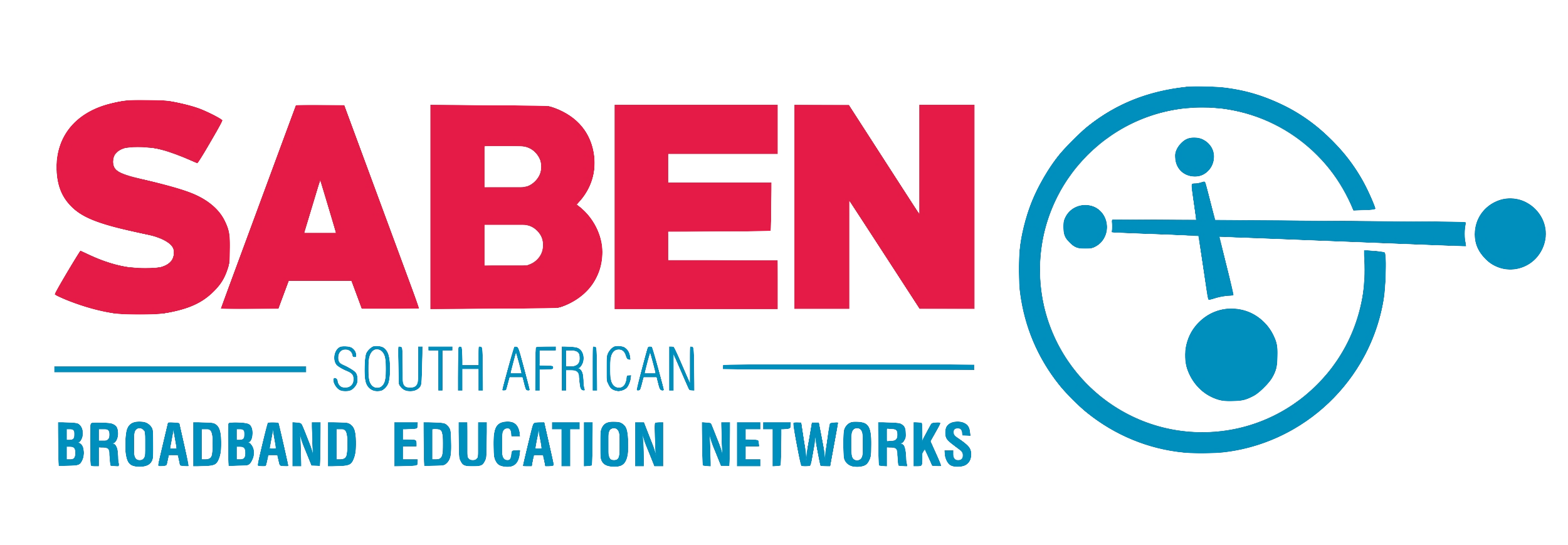Navigating the Digital Classroom: Tips for Educators
April 8, 2024
Tips for Educators:

In today’s educational landscape, the digital classroom has become an essential component of teaching and learning. As educators embrace digital tools and platforms to enhance instructional delivery and engage students in meaningful ways, navigating this digital terrain effectively is paramount. This blog provides valuable insights and practical tips for educators to navigate the digital classroom successfully, ensuring optimal learning outcomes for their students.
Embracing Digital Pedagogy:
Digital pedagogy encompasses the art and science of teaching in the digital age. By
leveraging digital tools and platforms strategically, educators can create dynamic learning
experiences that cater to diverse student needs and preferences. Here are some tips for
embracing digital pedagogy:
1. Set Clear Learning Objectives:
Define clear learning objectives for each lesson or unit,
ensuring alignment with curriculum standards and student learning outcomes. Clearly
communicate these objectives to students, emphasizing the relevance and importance of the
digital activities and resources employed.
2. Foster Active Engagement:
Encourage active participation and collaboration among
students through interactive digital activities such as online discussions, group projects, and
virtual simulations. Utilize multimedia content, gamified learning platforms, and real-time
polling tools to capture students’ interest and foster deeper engagement.
3. Provide Timely Feedback:
Leverage digital assessment tools and Learning Management
Systems (LMS) to provide timely feedback to students on their progress and performance.
Offer constructive feedback that highlights strengths, identifies areas for improvement, and
encourages further exploration and reflection.
4. Promote Digital Citizenship:
Foster responsible digital citizenship by teaching students
to navigate the digital world ethically, safely, and responsibly. Discuss topics such as online
privacy, digital etiquette, cyberbullying, and information literacy to empower students to
make informed decisions and navigate digital environments with confidence.
Leveraging Technology Effectively

Choosing the right digital tools and platforms can make a significant difference in the
effectiveness of instructional delivery and student engagement. Here are some tips for
leveraging technology effectively in the digital classroom:
1. Select Appropriate Tools:
Choose digital tools and platforms that align with instructional
goals, student needs, and curriculum requirements. Consider factors such as ease of use,
accessibility, compatibility with existing systems, and data privacy and security features
when selecting technology solutions.
2. Provide Technical Support:
Ensure that educators and students receive adequate training
and technical support to use digital tools and platforms effectively. Offer training workshops, tutorials, and troubleshooting resources to address common technical issues and enhance
users’ digital literacy skills.
3. Encourage Exploration and Innovation:
Encourage educators to explore innovative uses
of technology in teaching and learning, such as flipped classrooms, blended learning models,
and immersive virtual experiences. Provide opportunities for educators to share best
practices, collaborate on digital projects, and experiment with new tools and approaches.
4. Stay Informed and Adapt:
Stay abreast of emerging trends, developments, and research
in educational technology to inform instructional practices and decision-making.
Continuously evaluate the effectiveness of digital tools and platforms in achieving learning
objectives and be prepared to adapt and iterate based on feedback and evolving needs.
Cultivating a Supportive Learning Environment

Creating a supportive learning environment is essential for fostering student success and
well-being in the digital classroom. Here are some tips for cultivating a positive and inclusive
learning environment:
1. Foster a Culture of Collaboration:
Encourage collaboration, communication, and
teamwork among students through digital platforms and activities. Create opportunities for
peer learning, group projects, and collaborative problem-solving to foster a sense of
community and belonging.
2. Promote Equity and Accessibility:
Ensure that digital resources and learning experiences
are accessible to all students, regardless of their abilities, backgrounds, or circumstances.
Provide accommodations and support services to address diverse learning needs and ensure
equitable access to educational opportunities.
3. Nurture Social-Emotional Learning:
Incorporate social-emotional learning (SEL)
principles into digital instruction to support students’ emotional well-being and interpersonal
skills development. Foster empathy, resilience, and self-awareness through activities that
promote reflection, empathy-building, and mindfulness.
4. Communicate Effectively:
Maintain open lines of communication with students, parents,
and stakeholders to keep them informed and engaged in the learning process. Provide regular
updates, feedback, and opportunities for dialogue to foster transparency, trust, and
collaboration.
Conclusion
proficiency, and a commitment to student success. By embracing digital pedagogy,
leveraging technology effectively, and cultivating a supportive learning environment,
educators can create rich and engaging learning experiences that prepare students for success
in the digital age. Together, let us embark on this journey towards educational innovation,
collaboration, and excellence, empowering students to thrive in a rapidly changing world.
